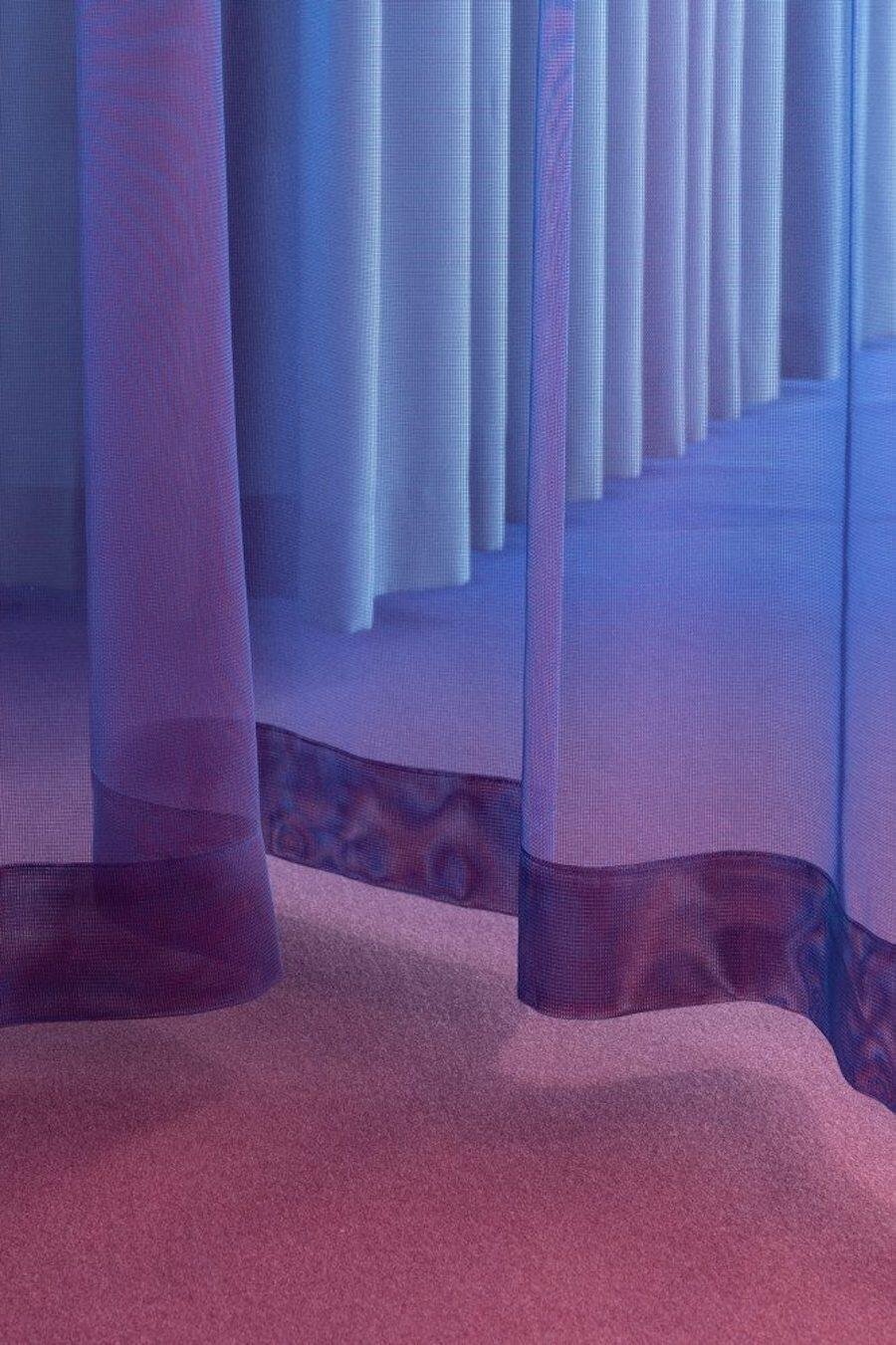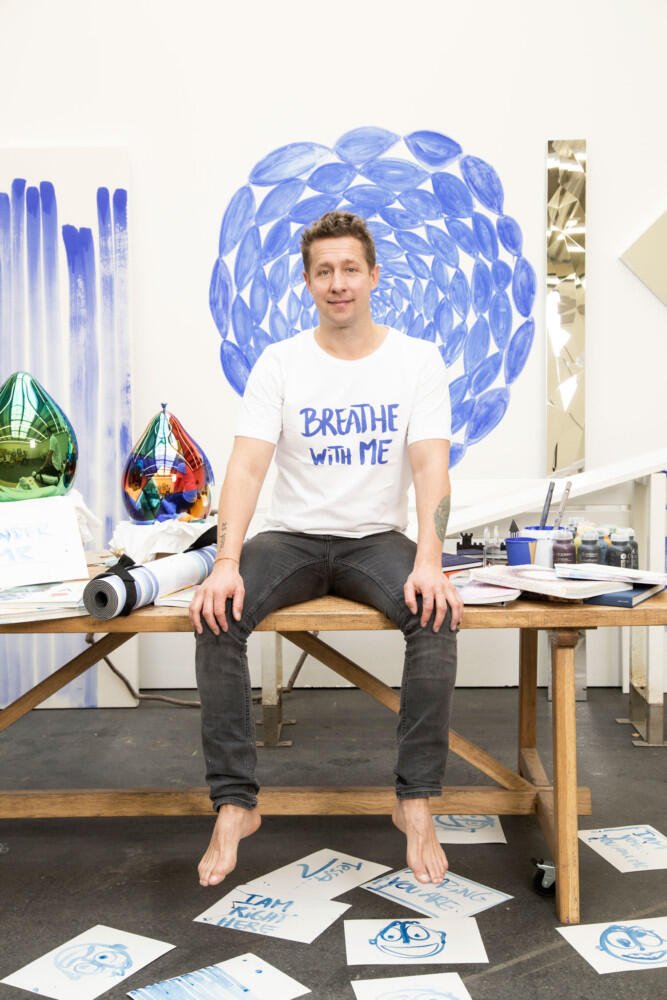To Tackle the Climate Crisis, Museums of the Future Must Get Creative
By Salena Barry and Gitte Ørskou.
Originally published in Frieze Interviews 12 April 2023.
Earlier this year, The Museum of Modern Art, New York and ART 2030, an art and environmental sustainability non-profit, collaborated to launch a series of panel discussions called ‘Circular Museum’. The talks bring together an international group of artists and museum professionals to reflect on their approaches to tackling the climate crisis through their work. The second discussion, titled Exploring Sustainability through Experimentation, took place on 11 April and features Stockholm’s Moderna Museet director Gitte Ørskou and Danish artist Jeppe Hein. Ahead of the event, Salena Barry spoke with Ørskou about her efforts to redefine the museum’s role in the context of the climate crisis, which she hopes will lead to new ways for the public and artists to engage with art institutions.

Salena Barry What does sustainability mean to you as CEO and as a creative leader?
Gitte Ørskou When it comes to the administrative part, we do as any other organization does. We look at our travel policies, how we deal with waste and what we can re-use. But when it comes to our more artistic, creative identity, this is something that has developed through the years. We are very aware of our symbolic role. The questions we asked ourselves were: what if in 20 or 30 or 50 years – or maybe even in 10 years – we are in a situation where we really have to rethink the logistics of the museum? What if we were not allowed to transport works because of the huge carbon footprint it leaves on the world? Would we still be a museum in that context? So, we took this [thought experiment] as a rule for the whole of the 2022 programme and made the rather radical decision to not ship in art for our exhibitions that year.
SB As a result of these self-imposed constraints, you worked with Jeppe Hein on an exhibition where everything was produced on site. Can you tell me more about that process?
GØ I approached Jeppe and said to him, ‘okay, we want to do a show with you, but you are not allowed to transport any artworks and you will not have a defined exhibition space. I want you to be present in the museum in another way.’
Out of this came an artistic intervention called ‘Who Are You Really?’ (2022) where Jeppe installed work in seven spaces across a long corridor that was separated by semi-transparent fabric in different colours. When visitors came to the museum they were encouraged to take off their shoes and be part of workshops inspired by yoga practices, they could hold other people’s hands, sit together, or roar like a lion. The way that he dealt with not being able to ship anything in was to create situations instead of artworks. It resulted in a new, vibrant museum experience.

SB What other habits or values have been reconsidered as part of Moderna’s efforts to be more sustainable?
GØ We have seven principles in our manifesto and one of them is that Moderna Museet will be an agent of change in society. To be an agent of change goes beyond the traditional limits of what a museum is – a couple of years ago a museum was a container for preserving art. But how can we be an agent of change today? The answer is to face big global challenges, one of them being the climate crisis. I mean, it's almost April and there's a snowstorm in Stockholm right now!
Another value of ours is having a holistic perspective on our work, which means that our goal to make the greatest art available for as many people as possible must rest on sustainable practices that take into account their environmental and social impacts. This is part of everything we do, such as reusing materials and serving vegan food in the restaurant. We also highlight what role art can play without instrumentalizing it to promote a specific agenda. We don't insist that artists have to make works about climate change, but we think that art made under conditions that promote environmental sustainability can encourage creative thinking.

SB You became director in September 2019, just before the COVID-19 pandemic. How did this experience impact your ideas about sustainability?
GØ There was this slowness and people seemed to accept that and explore that. During the pandemic, we had an exhibition that we had to close, and then it re-opened with limited access. People just loved it because there was no crowd in front of the works, they had time to explore. This is something we’re thinking about – how can we re-introduce the idea of slowness into the museum? We still want a lot of visitors because we want to engage people, but we should also focus on diving into one work for an hour instead of the five minutes per work that is usually allotted in guided tours. That’s also something we’re exploring.
SB So out of that experience, what do you think museums should be focusing on, sustaining and changing?
GØ We should be focusing on experimentation. We should shake hands and say to ourselves, ‘We are safe spaces.’ Within the walls of a museum we can experiment with what an exhibition is, and we should do this together. The whole idea of chasing a blockbuster show is a bit outdated. We should invite artists into the museum to experiment with us in the way that they create their artworks, but also have them curate exhibitions from our collection.

SB What do you think is the most pressing issue for museums in addressing the climate crisis?
GØ We shouldn’t be superficial. We should break down the boundaries between the museum and what happens in the outside world. Museums shouldn’t only be for an exclusive portion of citizens who pay to enter an expensive exhibition about climate change. We should constantly be trying to break down the boundaries and say, [for example], ‘how can we go out to schools and raise those environmental questions in a way that also sheds light on them through art?’
We also have to look at what we have in the collection. What we’ve been doing [at Moderna] is rehanging the whole collection and focusing on parts that haven’t been available to the public – this is very sustainable! It’s very basic. We have so much art in storage, so why do we always make new, expensive exhibitions? How can we shed light on what is already there?
All recordings of ‘The Circular Museum’ will be uploaded to MoMA's programme page and through ART 2030’s channels
The third episode, ‘Systematic Designs to Tackle Waste and Maximize Building Efficiency’, will take place on 10 May 2023 and will feature a conversation hosted by Luise Faurschou (ART 2030) and Carson Chan (MoMA), with MoMA Exhibition Designer Lana Hum, and MoMA real Estate and Sustainability’s Jean Savitsky, Eliana Glicklich-Cohn and Jason Smith.
Main image: Jeppe Hein, Today I feel like, 2022. Courtesy: the artist and Moderna Museet, Stockholm; photo: Åsa LundénThumbnail: Jeppe Hein, I do, 2022. Courtesy: the artist and Moderna Museet, Stockholm; photo: Åsa Lundén
Salena Barry is a writer and digital communications professional living in London, UK. She is a 2022 Jerwood Writer in Residence.
Gitte Ørskou is the director of the Moderna Museet, Stockholm